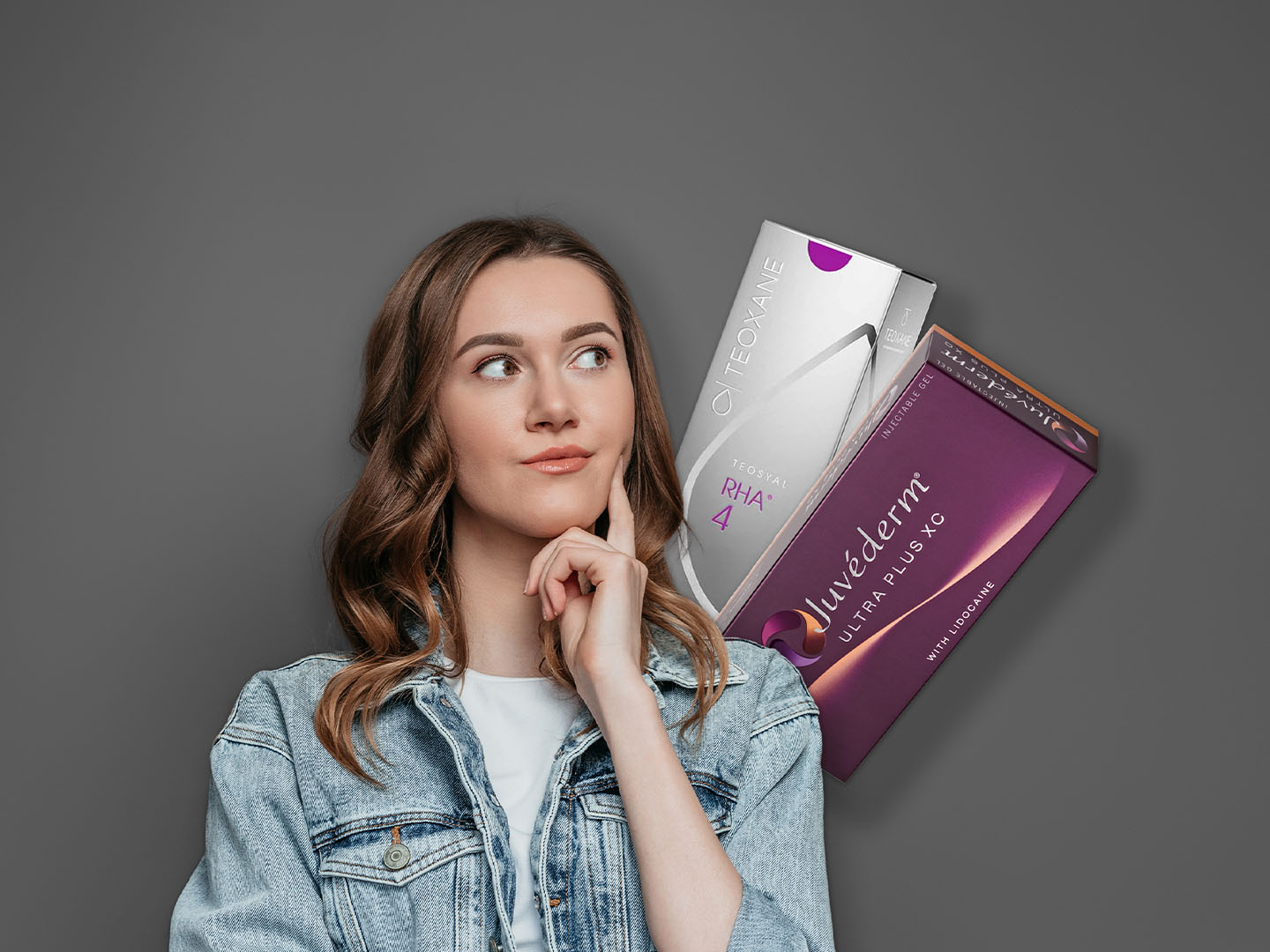
A Teoxane RHA filler vs. Juvéderm comparison isn’t just about brand preference; it’s about understanding the unique qualities that make each product suitable for specific facial areas and aesthetic outcomes.
With new filler technologies entering the market and patient expectations evolving, medical aestheticians can benefit from mastering these distinctions through hands-on experience and educational resources, such as aesthetic courses at HubMed Ed.
Why Compare Teoxane RHA Filler vs Juvéderm?
Understanding the nuances between RHA and Juvéderm helps medical professionals deliver more personalized, effective, and natural-looking results. While both are hyaluronic acid-based fillers, their internal structures and performance profiles diverge significantly.
Juvéderm has long been a trusted option for adding structure and volume, whereas RHA (Resilient Hyaluronic Acid) brings a new approach tailored for facial movement. Choosing the right product depends on factors such as the injection site, patient age, desired mobility, and skin quality. This comparison provides injectors with the information needed to match product capabilities with modern aesthetic demands.
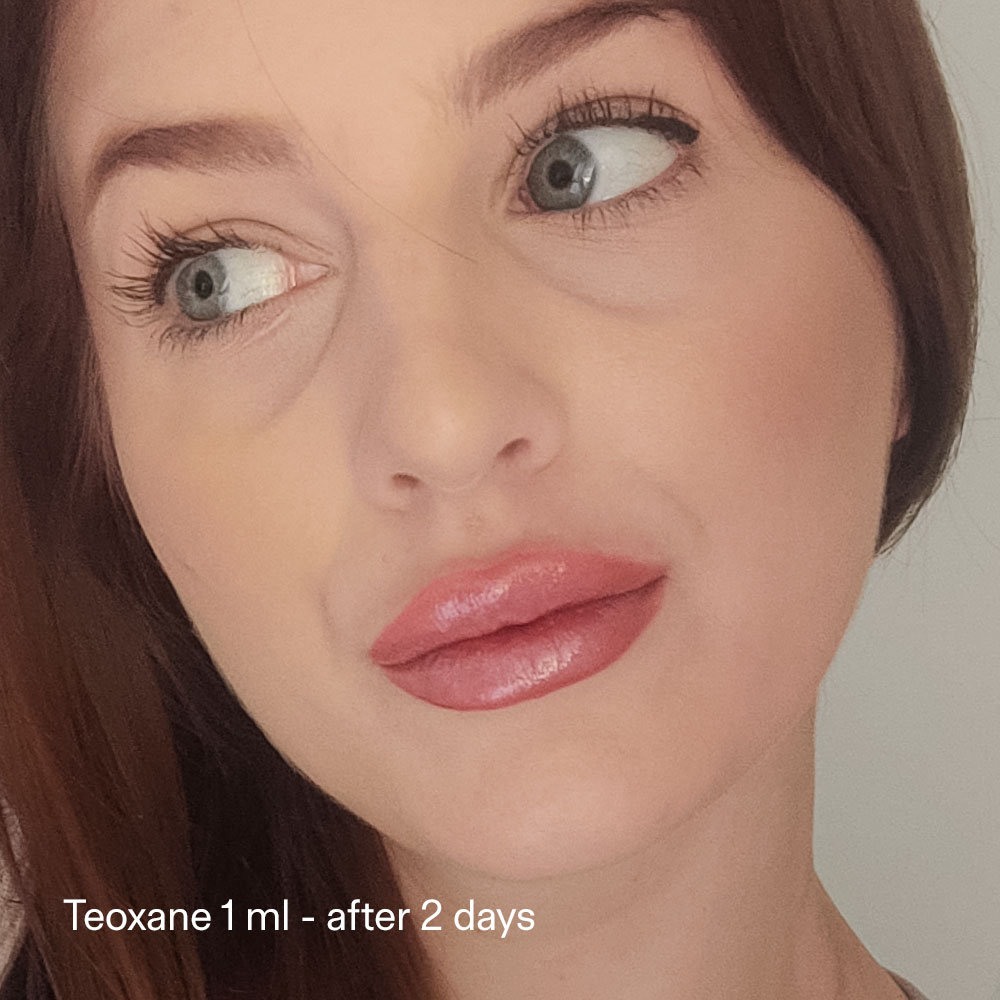
Composition and Rheology in Teoxane RHA vs Juvéderm Review
Each filler line is based on proprietary cross-linking technologies that influence its texture, integration, and behavior under facial movement.
Teoxane RHA technology and rheology:
- Cross-linking method: Dynamic cross-linking technology that preserves HA’s natural long chains.
- Texture and flexibility: Soft and elastic with low G’ value, ideal for areas with frequent movement.
- Best used for: Superficial injections in expressive areas like lips, perioral lines, and tear troughs.
- Tissue behavior: High adaptability; integrates smoothly with minimal resistance.
Juvéderm technology and rheology:
- Cross-linking method: Vycross and Hylacross technologies, combining low- and high-molecular-weight HA.
- Texture and density: More cohesive with higher G’ value, offering strong lift and structural support.
- Best used for: Deeper injections in midface, cheeks, chin, and jawline.
- Tissue behavior: Firmer gel that provides contour and projection, but can be more palpable under thin skin.
Longevity and Degradation: How Long Do Results Last?
Teoxane RHA filler longevity typically ranges from 9 to 15 months, depending on the specific product and area treated. Juvéderm formulations, such as Voluma or Vollure, can last from 12 to 24 months due to their denser cross-linking.
The longevity difference is linked to degradation rates and enzymatic resistance. Juvéderm’s denser matrix tends to resist hyaluronidase breakdown longer, but RHA’s resilience in dynamic areas may offer more consistent aesthetic results over time. Educating patients on maintenance schedules helps manage expectations and optimize outcomes.
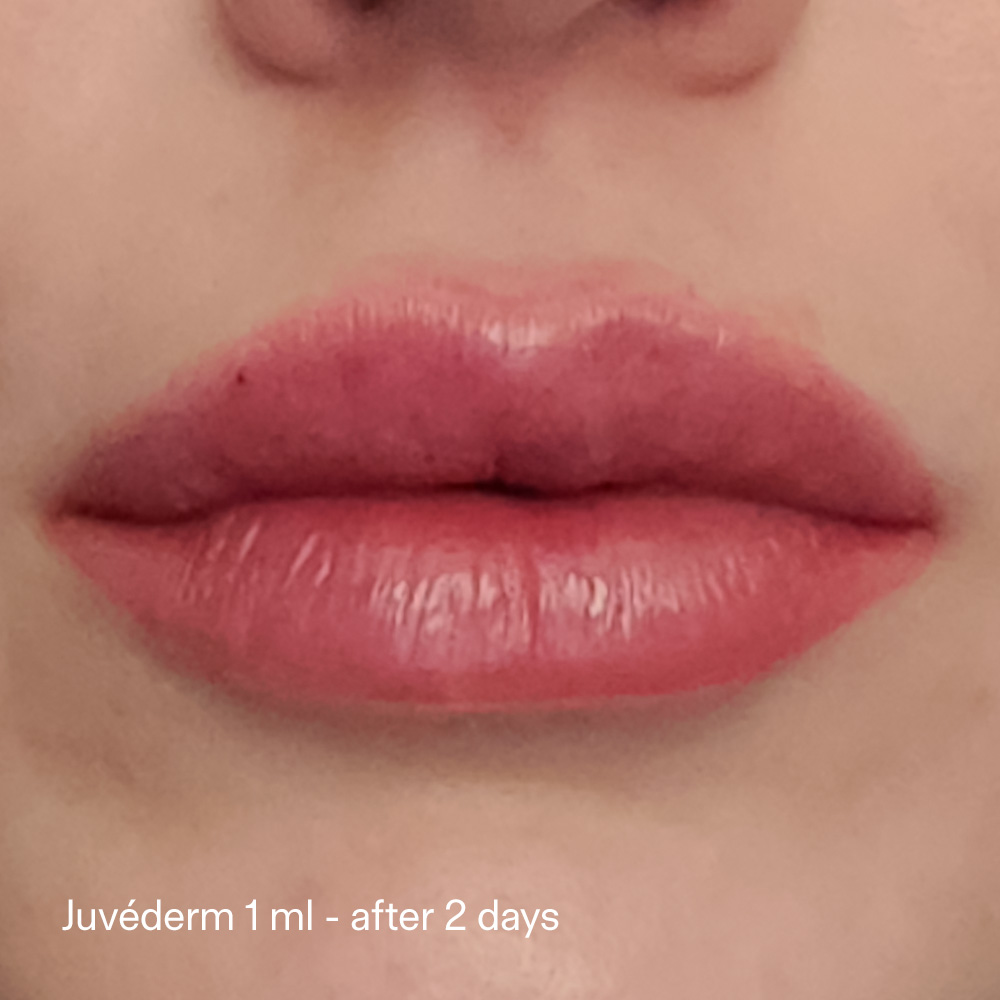
Indications and Use Cases by Filler Type
Each product line has unique strengths that make it ideal for specific treatment areas. For more in-depth training, Juvéderm courses at HubMed Ed provide expert guidance on choosing and applying each variant effectively.
Teoxane RHA fillers:
- Best suited for: Mobile and expressive facial areas, including the lips, perioral lines, and tear troughs.
- Clinical benefit: Maintains flexibility under movement with smooth tissue integration.
Product overview:
- RHA Redensity: A hybrid filler designed for superficial fine lines and dermal revitalization in delicate areas such as the under-eye zone.
- Teoxane RHA 2: Ideal for lip contouring and fine lines.
- Teoxane RHA 3: Best for moderate dynamic wrinkles and nasolabial folds.
- Teoxane RHA 4: Offers volume and support in areas like the cheeks and midface.
Juvéderm fillers:
- Best suited for: Structural augmentation and volume restoration in midface, cheeks, jawline, and deeper nasolabial folds.
- Clinical benefit: Provides lift and definition with longer-lasting results in deeper layers.
Product overview:
- Juvéderm Voluma XC: Excellent for cheek augmentation and midface volume.
- Juvéderm Vollure XC: Used for moderate to deep facial wrinkles and folds.
- Juvéderm Ultra XC: Popular for lip enhancement with added hydration.
- Juvéderm Ultra Plus XC: Offers slightly thicker consistency than Ultra XC for deeper lines and folds.
- Juvéderm Volbella XC: Specifically formulated for subtle lip enhancement and smoothing vertical lip lines.
- Juvéderm Volux XC: Designed for structural jawline definition and lower face sculpting.
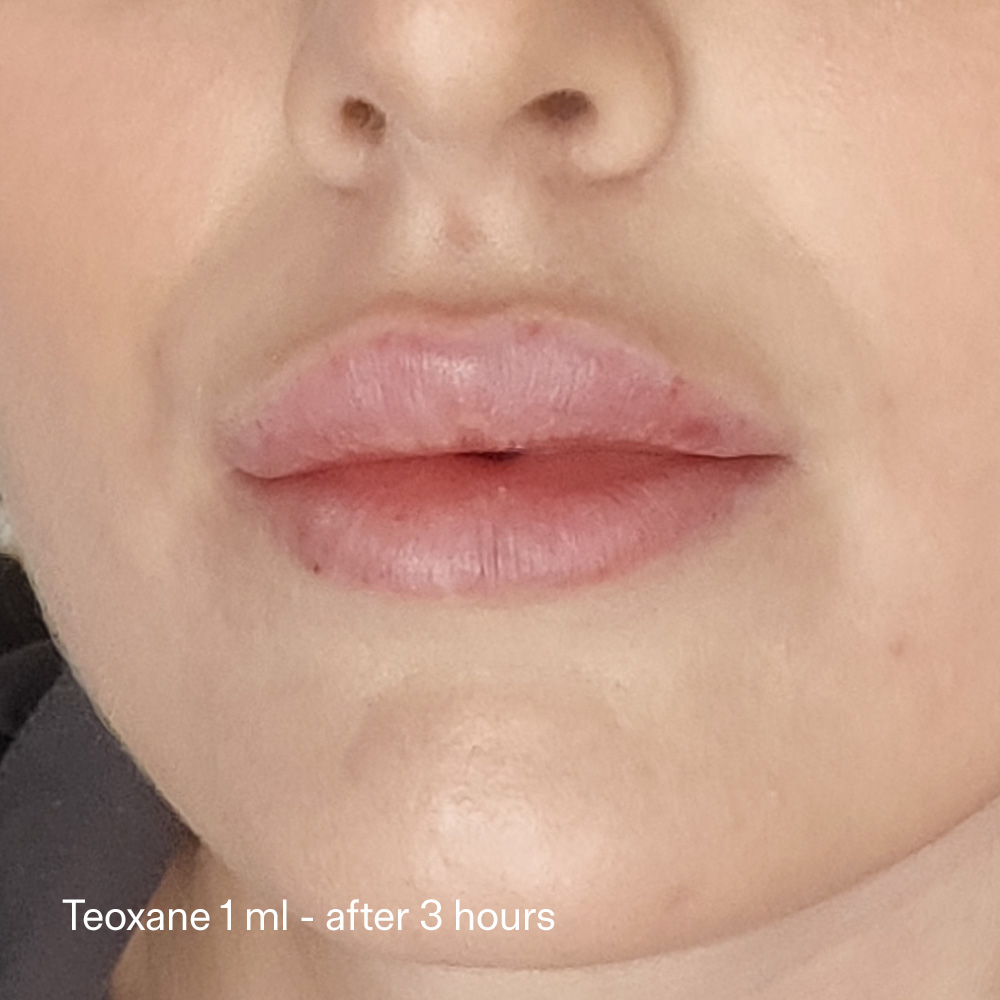
Comparing Side Effects: Juvéderm vs RHA Filler
While both Teoxane RHA and Juvéderm are considered safe and FDA-approved, their side effect profiles can differ subtly based on rheology, injection depth, and patient anatomy. Awareness of these differences allows for better product selection, improved patient counseling, and more effective complication management.
Common adverse events:
- Shared risks: Both fillers can cause mild and temporary side effects, such as swelling, bruising, redness, and tenderness at the injection site.
- Rare but possible: Delayed-onset nodules, vascular occlusion, and hypersensitivity reactions, though uncommon, may occur with any HA filler.
Teoxane RHA filler side effects:
- Post-injection behavior: Generally associated with minimal swelling due to its softer texture and dynamic integration.
- Tissue interaction: Due to its flexibility, RHA tends to adapt well in mobile areas, thereby reducing the likelihood of lumps or stiffness in superficial zones.
Juvéderm filler side effects:
- Post-injection behavior: May cause more noticeable swelling or firmness, particularly in areas with thinner skin.
- Tissue interaction: Higher G values can result in increased palpability and, in rare cases, visible filler outlines in superficial injections.
Safety and Regulatory Insights
Both brands are FDA-approved and supported by robust clinical trial data. Juvéderm has a longer track record in the aesthetic market. Teoxane RHA, on the other hand, received more recent approval, starting with RHA 2, 3, and 4, and brings innovative options for treating dynamic facial areas.
Patient selection, medical history, and contraindications, such as autoimmune disorders or previous filler complications, must be reviewed carefully. Risk management strategies, including thorough informed consent and familiarity with reversal protocols, are essential in practice. Clinicians should also stay informed on evolving regulatory guidelines, especially for newer filler technologies, to ensure compliance and patient safety at all times.
Final Conclusions
Teoxane RHA and Juvéderm are both leading dermal fillers in aesthetic medicine with specific advantages. While Juvéderm offers structural volume and long-lasting effects, RHA stands out in dynamic areas with its ability to mimic natural facial movement. The choice depends on anatomical needs, treatment goals, and desired longevity.
To deepen your expertise, consider enrolling in HubMed Ed’s video training led by industry experts. Here you can learn advanced injection techniques, product selection strategies, and zone-specific protocols from experienced professionals.
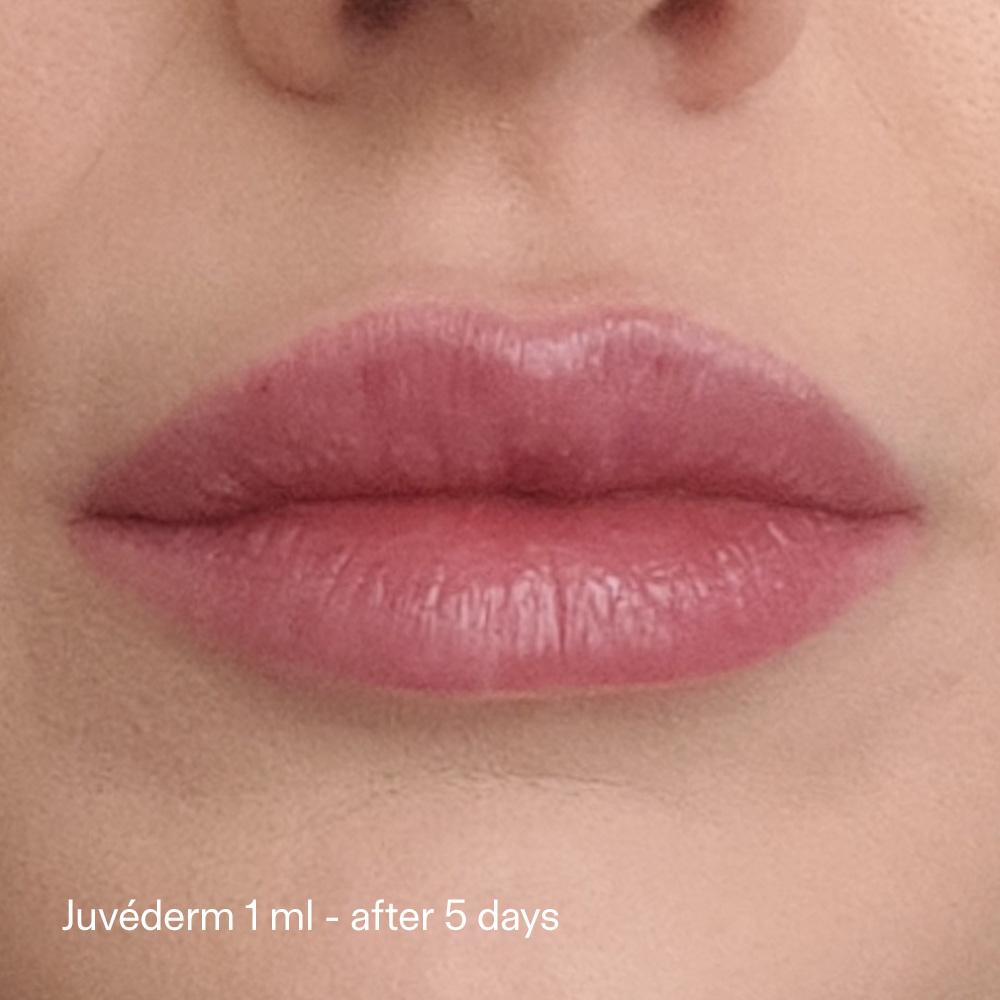
FAQs
Is Juvéderm better than RHA?
Juvéderm is better suited for deeper volumization and contouring in areas like the cheeks or jawline. Teoxane RHA excels in dynamic areas by adapting more naturally to facial movement.
Do RHA fillers last longer?
Teoxane RHA fillers typically last 9 to 15 months, depending on the product and injection site. Some Juvéderm variants may last longer, but RHA offers consistent results in expressive areas.
Which filler looks most natural?
RHA is often preferred for dynamic, expressive areas like the lips because it moves naturally with facial expressions. Juvéderm creates more definition and is ideal for structural enhancement in less mobile areas like the cheeks.
What is the difference between RHA 2, RHA 3, and RHA 4?
All three Teoxane RHA fillers contain resilient hyaluronic acid as the active ingredient, designed to maintain elasticity and integrate with facial movement. RHA 2 is for fine lines and lip definition, RHA 3 treats moderate wrinkles and perioral folds, and RHA 4 offers deeper structural support for volume loss in the midface.
What is the newest filler on the market?
The Teoxane RHA Collection is among the newest hyaluronic acid fillers approved in the U.S., specifically formulated for dynamic facial zones. It offers innovative technology aimed at natural integration and expression.
What is the best filler for lips and nasolabial folds?
Teoxane RHA 2 and 3 work well in the lips and superficial folds, providing soft, mobile results. Juvederm is better for deeper nasolabial folds. Using Juvéderm Vollure XC or Ultra XC may offer better structural support.
References:
- Fillers Editorial Team. RHA Filler vs Juvéderm – Treatment Areas and Results. Fillers.org. Reviewed by: Dr. Aurora Kalmanson. Published September 25, 2024. Accessed July 3, 2025. https://fillers.org/dermal/rha-filler-vs-Juvéderm/
- Allemann IB, Baumann L. Hyaluronic acid gel (JuvédermTM) preparations in the treatment of facial wrinkles and folds. Clin Interv Aging. 2008;3(4):629–634. doi:10.2147/cia.s3118. PMID: 19281055; PMCID: PMC2682392. https://pmc.ncbi.nlm.nih.gov/articles/PMC2682392/
- Sundaram H, Shamban A, Schlessinger J, et al. Efficacy and safety of a new resilient hyaluronic acid filler in the correction of moderate-to-severe dynamic perioral rhytides: a 52-week prospective, multicenter, controlled, randomized, evaluator-blinded study. Dermatol Surg. 2021;48(1):87–93. doi:10.1097/DSS.0000000000003238. PMID: 34608092; PMCID: PMC8667798. https://pmc.ncbi.nlm.nih.gov/articles/PMC8667798/
Disclaimer:
This article is intended for licensed medical professionals. All protocols, dosages, and treatment insights referenced herein are based on published literature. The content is not intended to encourage application, diagnosis, or self-treatment of unlicensed individuals, and should not be used as a substitute for the clinical judgment of a qualified healthcare provider.

